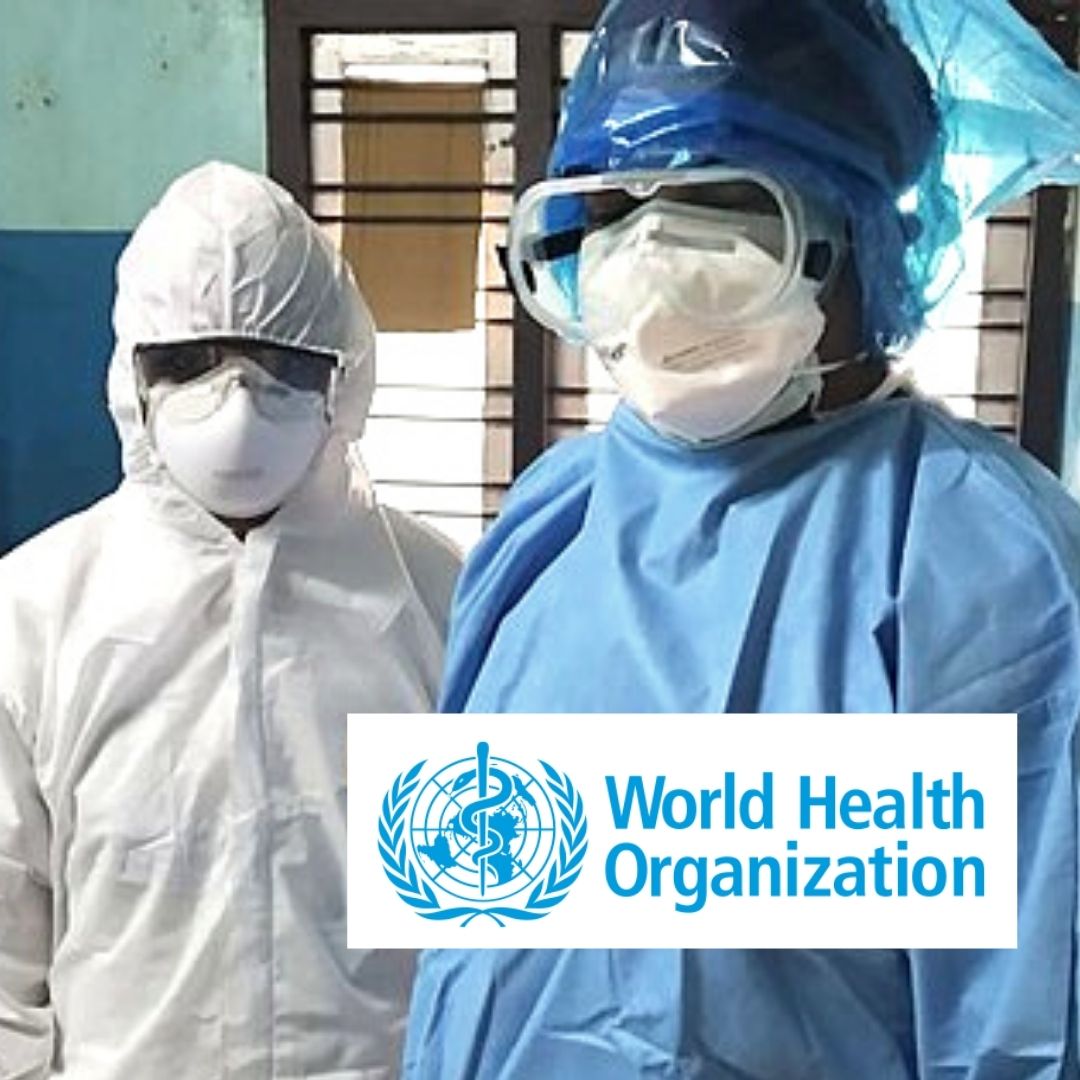Minimal Regulation And Low Expenditure: WHO Lists Issues Needing 'Urgent Redressal' In Indian Healthcare Sector
Writer: Akanksha Saxena
I am a budding journalist who loves to write stories that have the ability to connect with people.
India, 7 April 2022 1:33 PM GMT
Editor : Ankita Singh |
A literature lover who likes delving deeper into a wide range of societal issues and expresses her opinions about the same. Keeps looking for best-read recommendations while enjoying her coffee and tea.
Creatives : Akanksha Saxena
I am a budding journalist who loves to write stories that have the ability to connect with people.
The report titled 'Health Systems In Transition' looks into the healthcare infrastructure on a global level and analyses the work done by them in the recent years.
According to the World Health Organisation (WHO), the Indian healthcare sector needs 'urgent redressal' of issues plaguing its development. Some problems include a lack of regulation in the private sector and low expenditure in the public health ambit. The report is authored by the global platform and was published on March 30.
Titled 'Health Systems In Transitions', the review was spearheaded by the WHO and is authored by Dr Sakthivel Selvaraj from the Public Health Federation of India (PFHI) and Dr Swati Srivastava, a faculty member in Germany's Heidelberg University, including many others around the world. As the title suggests, the report analysed the various health systems in different countries and looked into their evolving progress.
Abysmal Infrastructure, Minimal Public Spending
As stated by the report, India's drug regulatory system at the sub-national level is deplorable. The Print quotes that the functions are characterised by poor infrastructure, lack of skilled personnel, and multiple confusing authorities, resulting in the shoddy implementation of the same.
Not only that, many establishments have not been able to regulate under the Clinical Establishments (Registration and Regulation) Act 2010. The legislation has asked all healthcare organisations to enforce common standards of diagnosis and treatment.
Another major problem to be addressed by our healthcare infrastructure is the low expenditure. As a solution, the report has suggested doubling public spending. It says, "Doubling public health spending, contributed by both centre and state governments, ought to be prioritised along with mechanisms to strengthen the public financial management system so that funds are allocated efficiently and equitably."
The 'Pradhan Mantri Jan Arogya Yojana' (PMJAY) also came under scrutiny. While the scheme aims to make healthcare accessible for everyone in India, it still seems like a far-fetched dream. The report states that utilisation has been lesser in poorer states than in their wealthy counterparts. "The stringent COVID-19 lockdown led to hospitalisation utilisation drop by almost two-thirds compared to the pre-lockdown period," it adds.
Rise In Life Expectancy - A Silver Lining
Apart from the negatives, the WHO report also showcases positive statistics. India's life expectancy has increased by leaps and bounds as it went up by 20 in 2020. This is an achievement, looking at how the country was reeling under the coronavirus pandemic. Also, the infant mortality rate is now at 32 per 1000 since 2020, and the maternal mortality rate was declining to 113 from 556.
While this is a positive development, India's healthcare infrastructure is still in progress. The government has to work towards increasing expenditure in the critical areas and develop more policies to make it accessible and inclusive for all communities living in the country.
Also Read: World Health Day: Prioritising Adolescents' Health In Post-Pandemic Era Is The Need Of The Hour
 All section
All section















